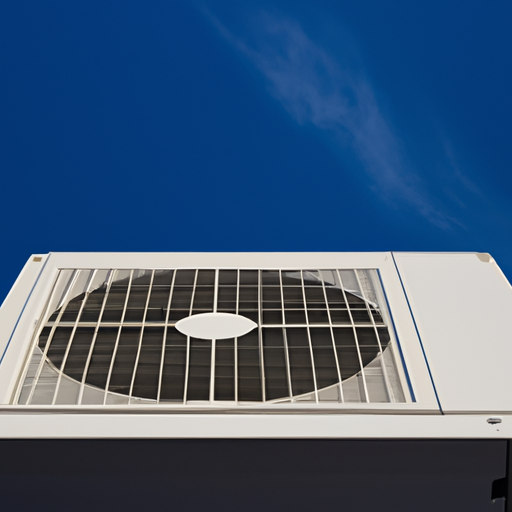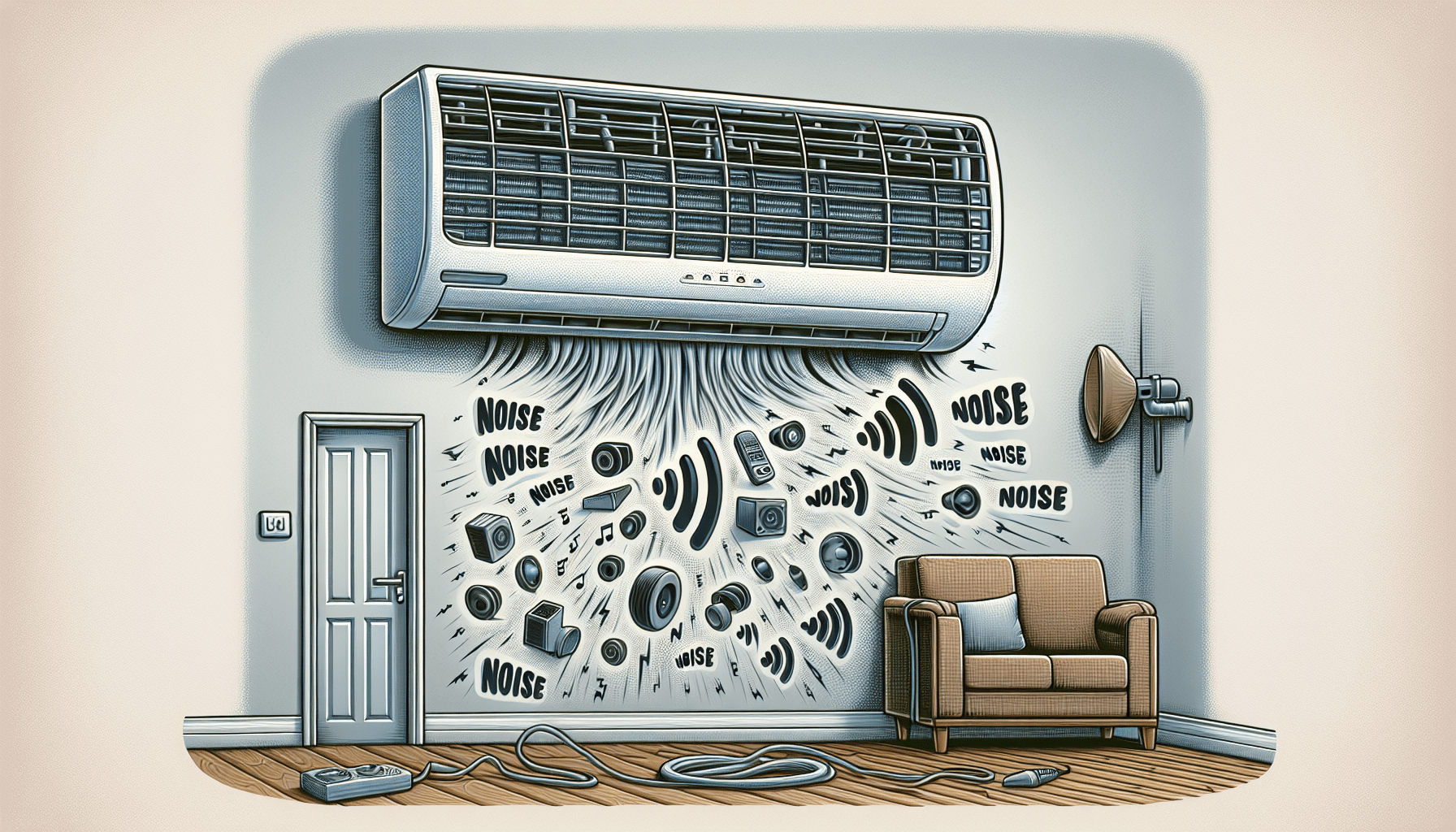Are you currently in the process of choosing the right air conditioning unit for your 2,400 square foot space and feeling a bit overwhelmed? Look no further! This article is here to provide you with all the information you need to determine the perfect size AC unit for your specific needs. With our friendly and informative guide, you’ll have a cool and comfortable space in no time. Let’s dive in and find the ideal AC unit for your 2,400 square feet!
Factors to Consider
When determining the appropriate size of an air conditioning (AC) unit for your space, there are several factors that you should take into consideration. These factors can greatly impact the cooling capacity needed to effectively cool your area. By carefully evaluating each of these factors, you can ensure that you select the right AC unit for your needs.
Insulation
Insulation plays a crucial role in maintaining the desired temperature within a space. It acts as a barrier to heat transfer, preventing the cool air from escaping and the hot air from infiltrating. When assessing the insulation in your home or building, consider the quality and thickness of the insulation material used in the walls, roof, and floors. Upgrading your insulation can significantly enhance the energy efficiency and cooling effectiveness of your AC unit.
Ceiling Height
The height of your ceilings can affect the cooling capacity required for your space. Taller ceilings result in a larger air volume within the room, which means that more cool air needs to be circulated to achieve the desired temperature. When calculating the AC unit size, take into account the cubic footage of the room in addition to the square footage.
Window Size and Placement
Windows can have a significant impact on the cooling needs of your space. They allow heat to enter through radiation and conduction, which can increase the load on your AC unit. Consider the size, number, and placement of windows when calculating the cooling capacity. Windows facing east or west receive more direct sunlight and may require additional cooling measures.
Sun Exposure
The amount of sun exposure your space receives can influence the cooling requirements. Direct sunlight can significantly heat up a room, increasing the workload of the AC unit. Assess the sun exposure of your windows and take steps to minimize its impact, such as using blinds or curtains to block out the sun during the hottest parts of the day.
Climate
The climate of your region plays a vital role in determining the cooling capacity required for your space. Areas with hot and humid climates will generally require more powerful AC units to combat the high temperatures and humidity levels. Similarly, regions with mild or cool climates may require smaller AC units. Understanding your local climate will help you choose the appropriate cooling capacity.
Ductwork
Properly designed and maintained ductwork is crucial for efficient cooling. Faulty or poorly insulated ductwork can lead to energy loss, reduced cooling capacity, and uneven cooling distribution throughout the space. Evaluate the condition of your ductwork and consider making any necessary modifications or repairs to optimize the performance of your AC unit.
Number of Occupants
The number of people occupying a space can affect the cooling needs. The human body generates heat, and a higher number of occupants will result in increased heat load. When calculating the cooling capacity, take into account the number of occupants and factor in additional cooling power to compensate for their presence.
Calculating Cooling Capacity
Once you have considered all the relevant factors, it’s time to calculate the cooling capacity needed for your space. This calculation is typically done in British Thermal Units (BTUs) per hour.
BTU per Square Foot
The first step in calculating cooling capacity is to determine the BTUs required per square foot. A commonly used guideline is to allocate approximately 20 BTUs per square foot. To calculate the total BTUs required, multiply the square footage of your space by 20.
Adjusting for Factors
Next, adjust the cooling capacity based on the factors we discussed earlier. Multiply the total BTUs by a factor to account for insulation, ceiling height, window size and placement, sun exposure, climate, ductwork, and the number of occupants. Each factor may have a different adjustment factor, which can be obtained from industry standards or expert advice.
Total Cooling Capacity
By summing up the adjusted factors, you will arrive at the total cooling capacity required for your space. This final calculation will ensure that your AC unit is appropriately sized and capable of effectively cooling your area.
Insulation
What is Insulation?
Insulation refers to materials used to slow down heat transfer between different areas with different temperatures. It acts as a barrier, preventing heat from entering the cool space or escaping from the warm space. Insulation can come in various forms, including foam, fiberglass, cellulose, or reflective surfaces. It is commonly used in walls, roofs, and floors to improve energy efficiency and maintain desired temperatures.
Evaluating Insulation
To assess the insulation in your existing structure or during the planning phase of a new build, consider the R-value. The R-value measures the thermal resistance of the insulation material. The higher the R-value, the better its insulating properties. Inspect the insulation in your walls, roof, and floors to ensure they meet or exceed the recommended R-values for your climate.
Upgrading Insulation
If your current insulation is inadequate, upgrading it can significantly improve the energy efficiency and cooling performance of your AC unit. Consult with a professional to determine the best insulation options for your specific needs. Upgrading insulation not only reduces cooling requirements but also has long-term benefits, such as lower energy bills and reduced environmental impact.
Ceiling Height
Importance of Ceiling Height
Ceiling height plays a crucial role in determining the cooling capacity needed for your space. Taller ceilings result in a larger air volume, requiring more cool air to be circulated to achieve the desired temperature. Failure to account for ceiling height can result in an undersized AC unit that struggles to cool the space adequately. Consider the height of your ceilings when calculating the cooling capacity.
Calculating Air Volume
To appropriately adjust for ceiling height, you need to calculate the air volume in your space. Multiply the square footage of the floor area by the ceiling height. This will give you the total cubic footage. The air volume affects the rate at which air needs to be cooled and circulated within the space. Higher ceilings usually require larger AC units to achieve efficient cooling.
Adjusting for Tall Ceilings
Once you have determined the air volume, adjust the cooling capacity calculation by multiplying it by a factor that accounts for the increased volume. The adjustment factor will depend on the specific ceiling height and can be obtained from industry standards or expert advice. Taking into consideration the height of your ceilings will help ensure that your AC unit can effectively cool the entire space.





